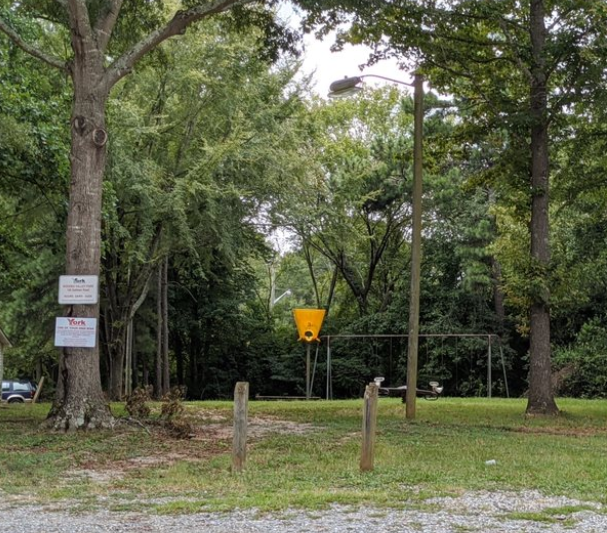I’m always surprised when I read articles or watch shows discussing adults who have no idea how to manage their money. Overspending resulting in credit card debt and living beyond our means has become an epidemic in America. I find myself asking “why” and “how” this is happening. Personally, I think it starts from a young age.
Growing up, my parents shielded me from anything having to do with money. I realized pretty early on we weren’t rich or poor but middle class, with an ability to buy the things we needed and even those we wanted most of the time. What I didn’t understand was what it meant to pay a bill, save to buy something I wanted or the basic concept of credit. Over time, I learned these on my own. Not that this was bad necessarily, but I’ve decided to take a different approach with my kids.
There are three concepts I’ve shared with my children to help them understand money:
- Piggy banks vs. bank accounts
- Everyday bills and expenses
- An introduction to investing
Piggy banks vs. bank accounts
When I was a kid, you’d get an allowance or gift from a relative and place that money into a piggy bank. The money (mostly in the form of coins) would disappear into an abyss with no way of understanding how much you had saved. Other than not spending it, this served no basic purpose and taught me nothing about how money works.
Opening a bank account for your children teaches them the value of money a simple piggy bank could never do. The ability to access online checking alone is a huge benefit. Add in the fact they can make deposits, use an ATM and watch the account grow over time and it’s easy to see how this is not only useful but crucial to having a healthy relationship with money.
Everyday bills and expenses
It’s difficult to get mad at your kids when they leave the lights on, waste water or wreck the car when they have zero concept of how much they’re costing you, the person paying the bill. Showing them your monthly bills will help them to grasp the value of a dollar. Perhaps they’ll even think twice before nonchalantly leaving their window open in 95 degree heat.
Paying bills is something each child will have to contend with as adulthood approaches. Understanding a utility bill and the amount of money it takes to literally “keep the lights on” provides foundational success and an appreciation for everything they have or want.
An introduction to investing
As mentioned above, having a bank account is a great tool for kids to learn about money and how to access it when they need it. Taking this to the next step, opening an investment account in their name, allows them to see their money grow over time. This teaches them about the varying degrees of risk, how and when to invest and being accountable for their own success with money.
In the past, I’ve used an app called Acorns to set up accounts for my kids. The app allows you to set your risk tolerance while forecasting where the account will be when your child turns 18. You can share this information with your kids so they understand what you’re doing on their behalf, why you’re doing it and how much is in the account now and in the future. A $20K car takes on a different meaning when they realize how long it takes to get there.
Shielding your children from the basic concepts of money affords them a level of innocence that can only be achieved during adolescence.
Continuing to achieve it during adulthood is the issue.
Sign up for our Sunday Spectator. Delivered to your inbox every Sunday, with all the news from the week.
















